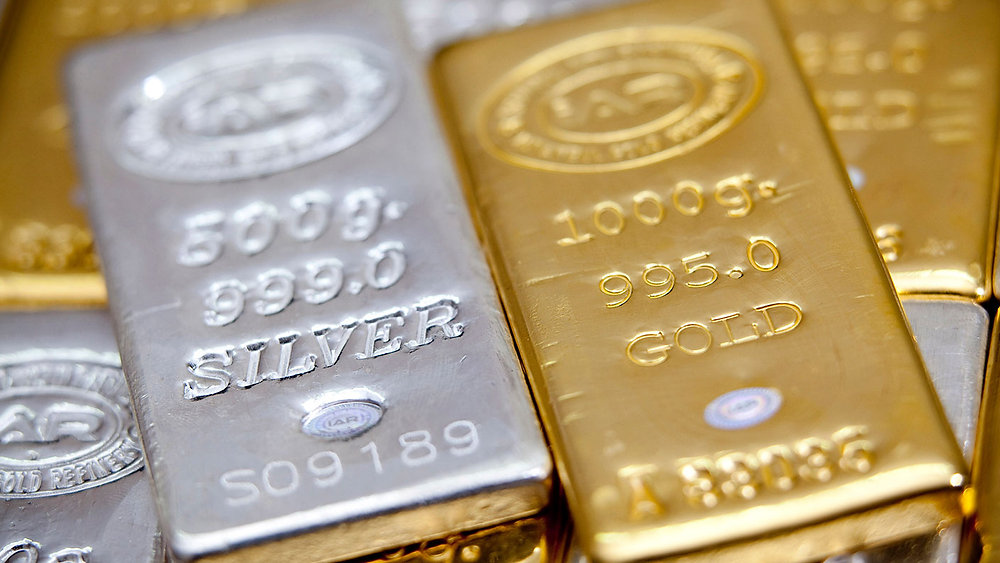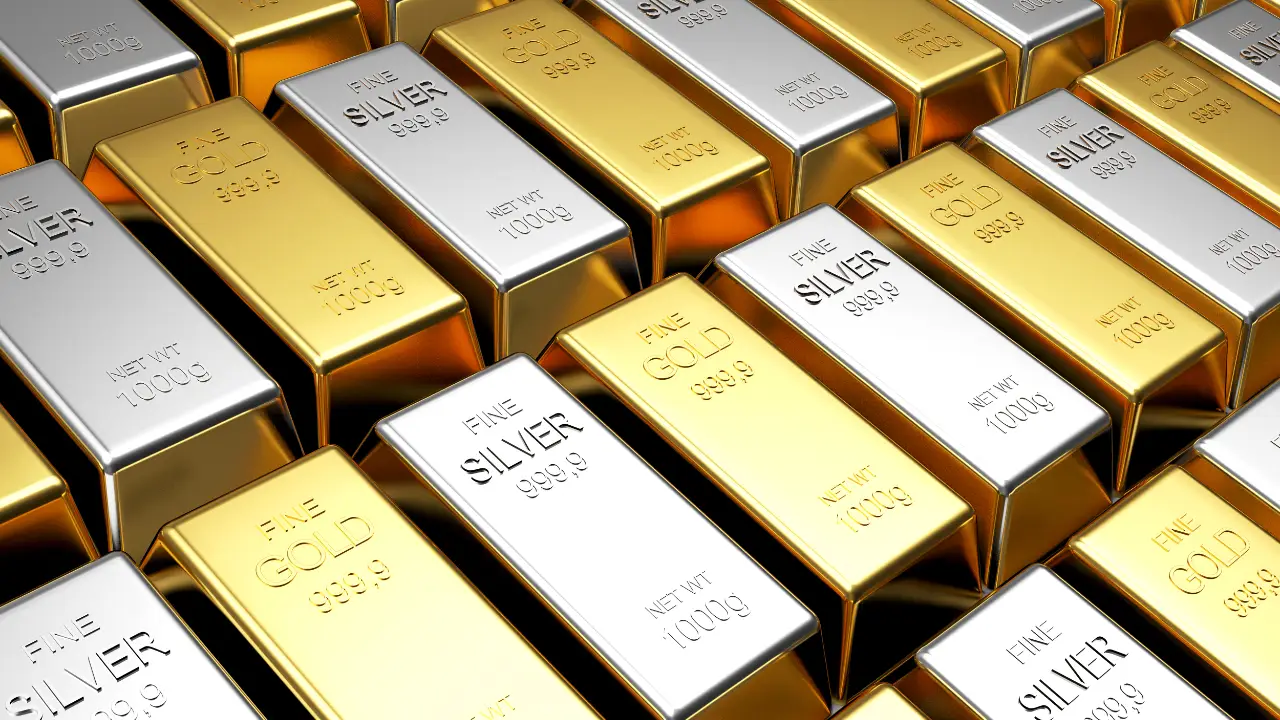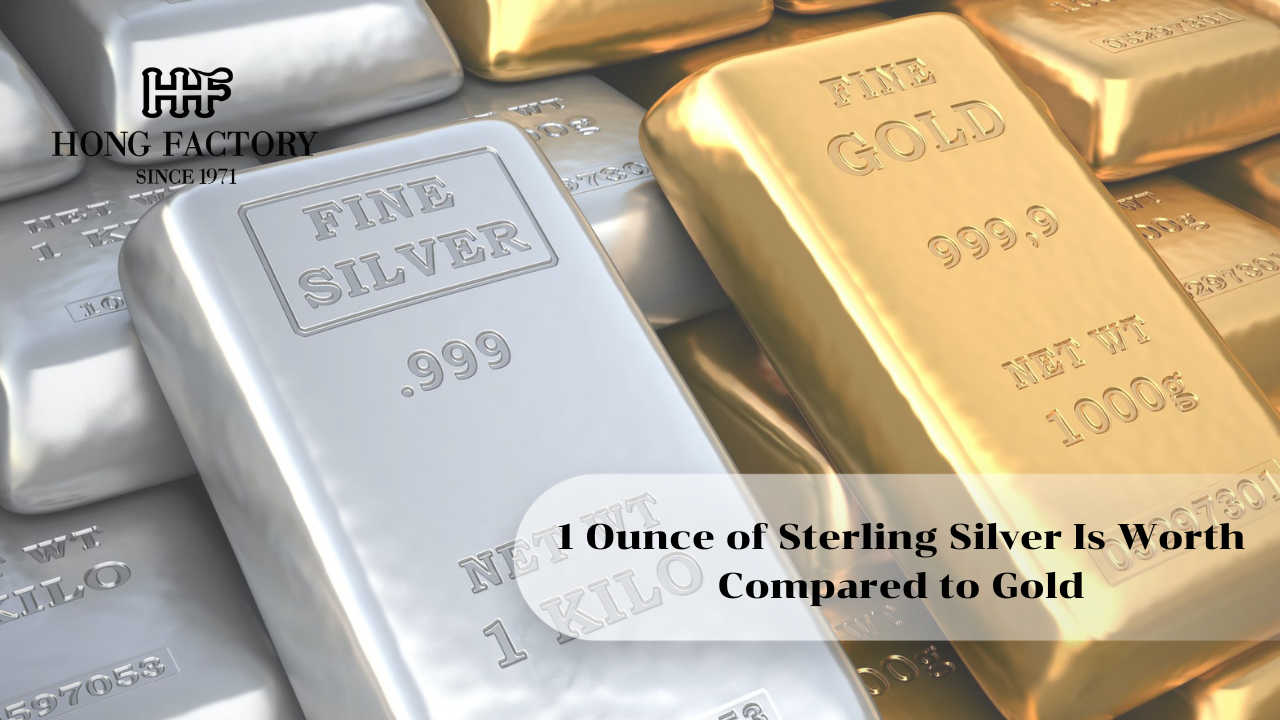Sterling silver and gold have both been treasured for centuries as symbols of wealth, status, and beauty. Yet, while both are precious metals, their market values and uses differ significantly. Understanding how much 1 ounce of sterling silver is worth compared to gold helps investors, collectors, and jewelry lovers make informed choices about where to place their money. Marcasite jewelry
What Is Sterling Silver?

Sterling silver is an alloy composed of 92.5% pure silver and 7.5% copper or other strengthening metals. This composition ensures that the silver remains durable enough for daily wear while retaining its natural shine. Each piece of genuine sterling silver is marked with the “925” hallmark, confirming its authenticity and purity.
Pure silver (99.9%) is too soft for most practical uses, which is why sterling silver is the industry standard in jewelry, tableware, and fine craftsmanship. It combines beauty and function at a price point that appeals to a wide range of buyers.
1 Ounce of Sterling Silver Compared to Gold
When comparing 1 ounce of sterling silver to gold, the price difference is immediately striking. Gold consistently trades at a much higher market rate per troy ounce due to its rarity, demand in financial markets, and status as a safe-haven asset.
For context:
- 1 troy ounce of gold can range from $2,000–$2,500 depending on market conditions.
- 1 troy ounce of pure silver typically ranges from $25–$30.
- 1 troy ounce of sterling silver (which is 92.5% pure) would therefore be worth approximately $23–$27.75, depending on the day’s silver spot price.
Although silver’s value per ounce is far lower than gold’s, its accessibility and versatility make it appealing to everyday consumers and investors alike.
Why Gold Is More Expensive
Gold’s high price stems from several factors:
- Rarity: Gold is scarcer in nature than silver.
- Economic stability: Gold is widely seen as a safe investment during inflation or market downturns.
- Cultural significance: It’s been a symbol of wealth and power for thousands of years.
- Limited industrial use: Unlike silver, gold’s demand is mostly driven by investment and jewelry markets.
Because of these factors, gold prices often rise during global economic uncertainty, widening the price gap between the two metals.
Why Silver Remains Valuable
Although it costs less than gold, sterling silver maintains significant value for multiple reasons:
- Industrial demand: Silver is used in electronics, solar panels, and medical applications.
- Jewelry popularity: Its affordability and versatility make it ideal for both casual and luxury pieces.
- Liquidity: Silver is easy to buy, sell, and trade in small or large quantities.
- Collectibility: Vintage and designer sterling silver items often appreciate over time.
In short, silver may not rival gold in price, but it plays a broader role across industries and fashion markets.
Price Ratio Between Silver and Gold

The gold-to-silver ratio is a key metric that compares how many ounces of silver equal the value of one ounce of gold. Historically, this ratio fluctuates between 60:1 and 80:1, meaning gold is often 60 to 80 times more valuable than silver per ounce.
For example, if gold trades at $2,400 and silver trades at $30, the ratio is 80:1. Investors use this ratio to identify buying opportunities—when the ratio is high, silver is considered undervalued relative to gold.
Investing in Sterling Silver vs. Gold
Investing in sterling silver differs from gold in several ways:
- Affordability: Silver is easier for small investors to purchase in bulk.
- Storage: Silver requires more space due to its lower value per ounce.
- Volatility: Silver prices fluctuate more than gold but also provide higher short-term gains.
- Accessibility: Silver jewelry and collectibles are available at every price range, making them appealing to first-time buyers.
For those seeking long-term stability, gold remains the preferred investment metal. However, for affordability and liquidity, sterling silver is an excellent entry point into the precious metals market.
Jewelry and Decorative Value
From an artistic standpoint, sterling silver often rivals gold in beauty. Jewelers appreciate its flexibility, allowing for intricate designs that would be too costly to produce in gold. Additionally, its neutral tone complements all skin tones, making it suitable for everyday wear.
Many luxury jewelry brands, including Tiffany & Co. and John Hardy, use sterling silver to create elegant yet accessible collections. While gold may symbolize prestige, silver represents timeless sophistication.
Historical and Cultural Value
Both gold and silver have deep historical significance. Gold has long been associated with royalty and divinity, while silver has been regarded as a symbol of purity, clarity, and wealth. In many cultures, sterling silver jewelry is exchanged during weddings and ceremonies to signify enduring love and prosperity.
This cultural appreciation adds emotional and symbolic value to silver, beyond its raw market worth.
While gold commands a higher market price, sterling silver offers unmatched accessibility, versatility, and artistic appeal. The value of 1 ounce of sterling silver may be small compared to gold, but its affordability allows more people to invest, collect, and enjoy the beauty of precious metals.
Whether used in fine jewelry, home décor, or as an investment, sterling silver remains a practical and elegant choice for those seeking a blend of beauty and value in today’s market.
